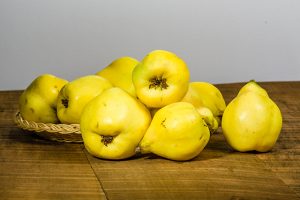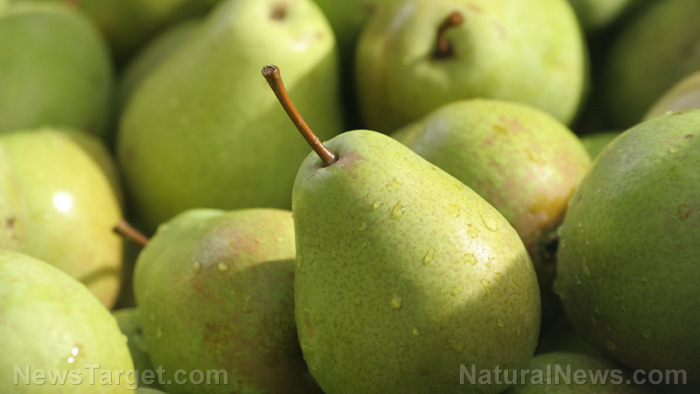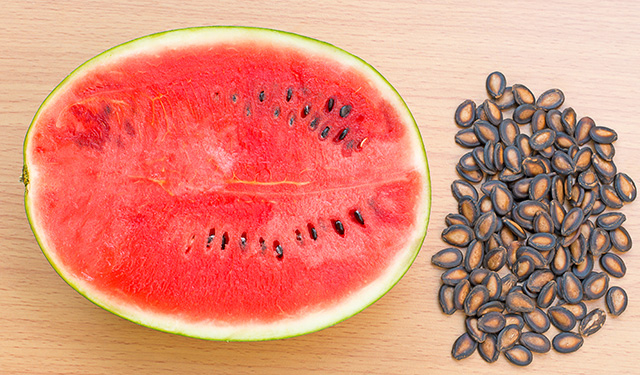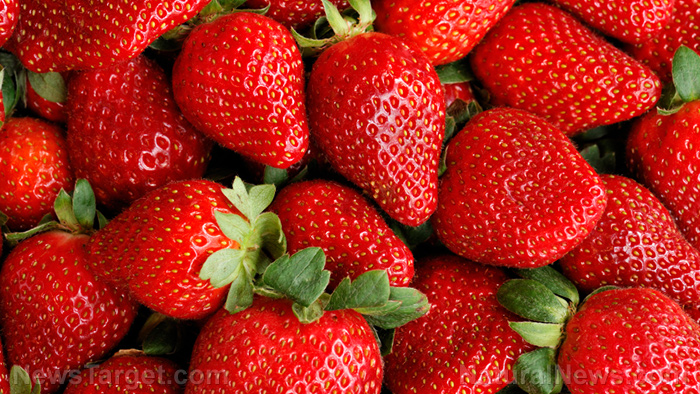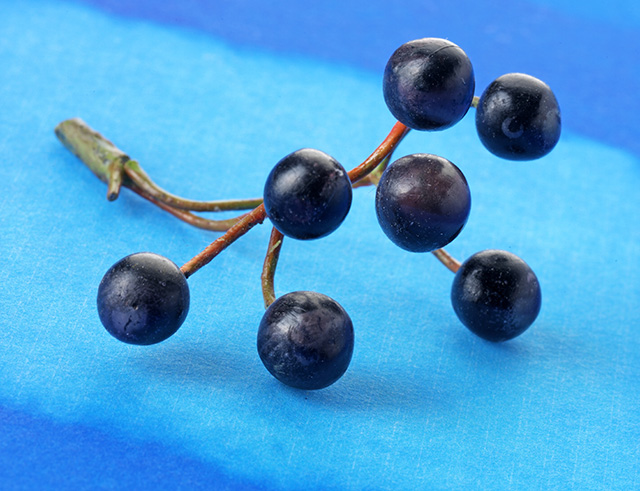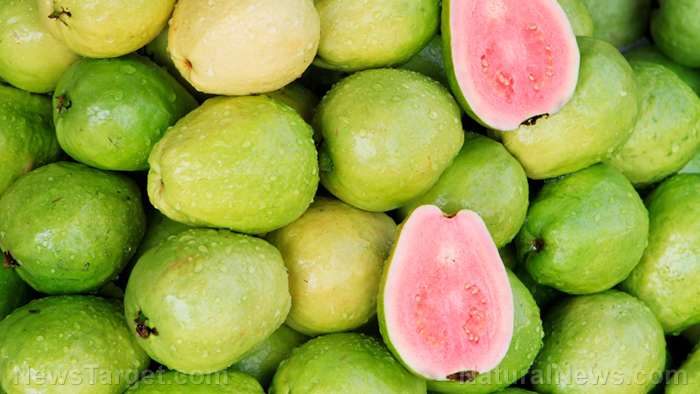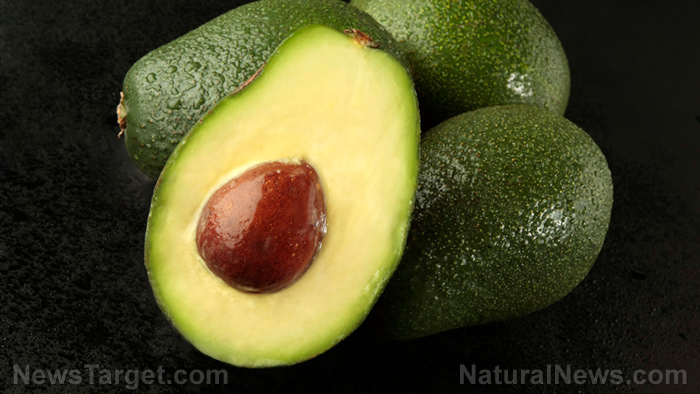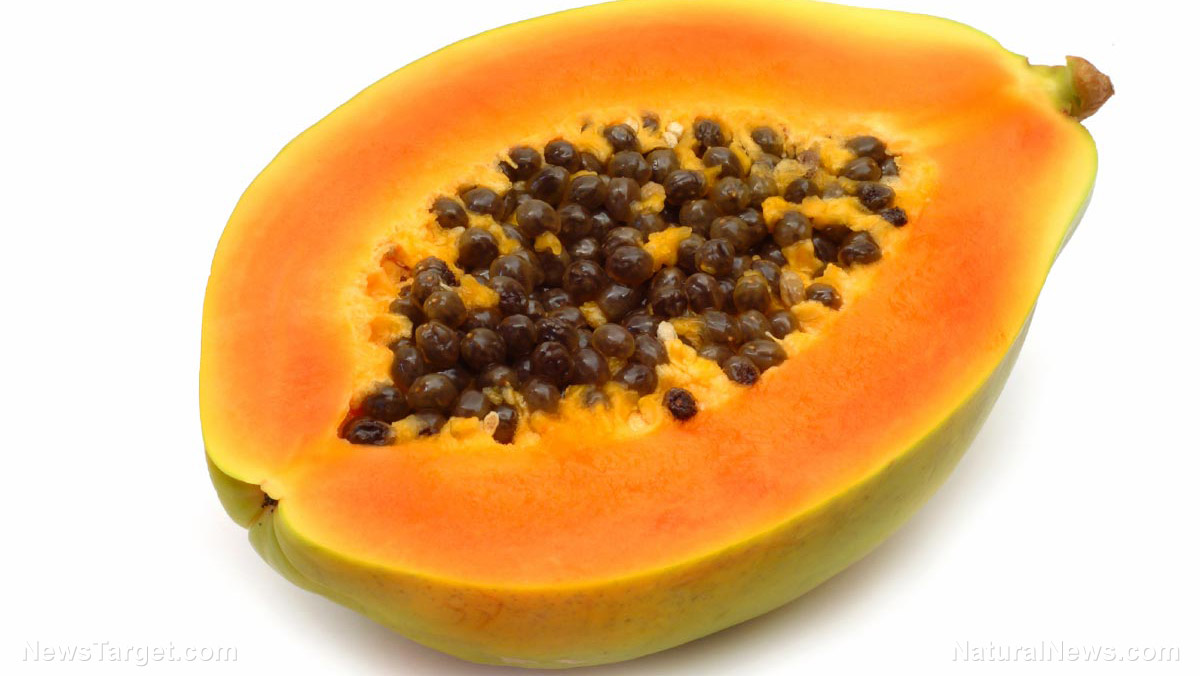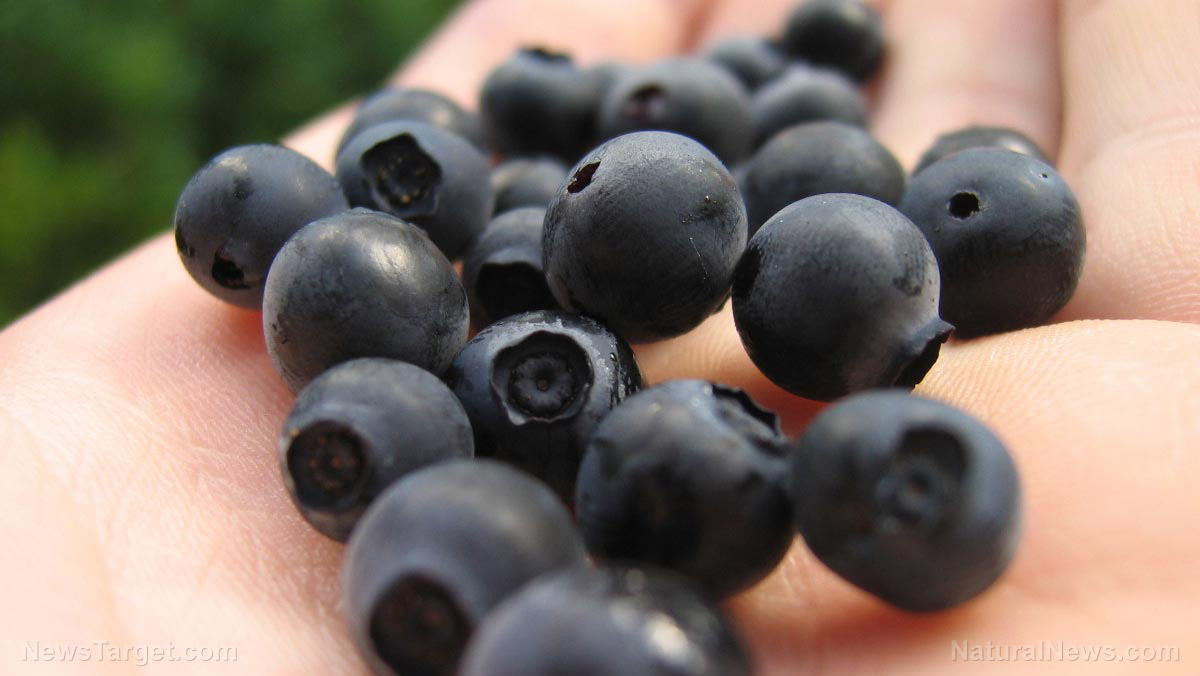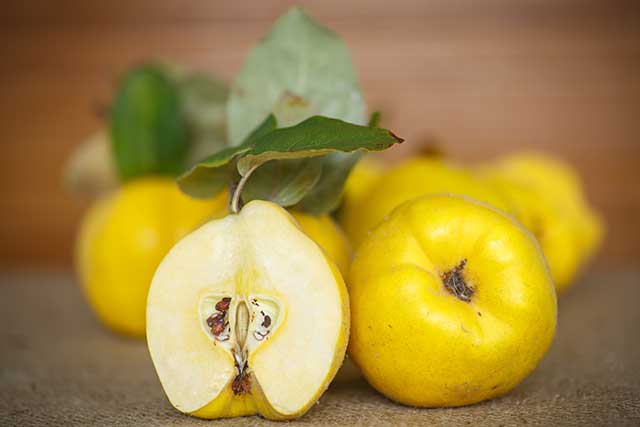Quince – sources, health benefits, nutrients, uses and constituents at NaturalPedia.com
07/29/2017 / By Earl Garcia

Quinces are fragrant, delicious fruits that belong to the rose family. The fruits are closely related to apples and pears. Quinces are native to Asia Minor, across Turkey and southeast Asia. The fruit is characterized by its knobby, irregular shape and golden color when ripe. According to an article posted on The Kitchn website, one of the fruit’s foremost assets is its aroma, which is a delicate combination of vanilla, citrus, and apple.
List of known nutrients
Quinces are known to contain a vast number of essential nutrients that protect the body against a host of illnesses. An entry posted on the Nutrition and You website lists the important vitamins and minerals found in quinces, which include:
- Calcium
- Copper
- Folates
- Iron
- Magnesium
- Niacin
- Pantothenic Acid
- Pectin
- Phosphorus
- Potassium
- Pyridoxine
- Riboflavin
- Selenium
- Sodium
- Thiamine
- Vitamin A
- Vitamin C
- Vitamin E
- Vitamin K
- Zinc
Medicinal uses for quince
Quinces are greatly valued for their potential in cancer prevention. The superfood is found to contain potent antioxidants such as phenolic and phytonutrient compounds that help combat free radicals and eliminate malignant cancer cells from the body. Likewise, the fruits contain astringent compounds known as tannins that bind with cancer-causing toxins and chemicals in the colon. This, in turn, protects the mucus membranes from developing cancer.
Quinces are also notably high in essential minerals that help improve the body’s cardiovascular profile. The fruit is an excellent source of potassium that relaxes the blood vessels and arteries and reduces cardiovascular strain. As a result, the mineral facilitates effective fluid transfer between cells and improves the body’s blood pressure levels. This means that the fruit may mitigate the risk of developing cardiovascular conditions such as coronary heart diseases, heart attacks and strokes.
Aside from this, regular consumption of quinces are known to reduce bad cholesterol levels in the bloodstream. The fruit is also remarkably high in iron, copper, and zinc that promote red blood cell production. This enables the body to effectively carry oxygen to various organ systems. Likewise, essential oils extracted from quinces offer protection against cardiovascular diseases.
In addition, quinces are known to improve the body’s digestive process. The high fiber content in quinces are touted to stave off a host of digestive issues such as inflammatory bowel disease (IBD), various cancers, or diverticulitis. The fruit’s phenolic compounds are also found to soothe the digestive tract and relieve gastric and peptic ulcers. Besides this, quinces are a popular remedy for morning sickness and other digestive ailments such as colitis, diarrhea, constipation, and intestinal infections. Additionally, the superfood is touted to induce healthy weight loss.
Moreover, quinces are loaded with vitamin C that stimulates white blood cell production. This enhances the body’s defenses against pathogens, viruses, and bacteria. The phenolics in quinces are also found to contain anti-viral and antioxidant properties that stave off colds, flues and other viral pathogens. On the other hand, the fruit is touted to control allergic reaction. When used as salve, quinces are remarkably effective in relieving atopic dermatitis and similar conditions. Likewise, the superfood is known to address various liver and eye diseases. The fruit is also found to relieve stress.
Body systems supported by quince
The high nutrient content in quinces makes the fruit an ideal food fare in maintaining a healthy digestive system. Likewise, quinces are known to promote the cardiovascular and circulatory systems. Quinces are also notably effective in supporting the immune and ocular systems.
Ways to use quince
Quinces can’t be eaten raw like other table fruits. However, this winter fruit is an incredibly versatile ingredient that can be poached, roasted or pickled. Likewise, the fruit can be incorporated in various salads, side dishes and red meat and poultry recipes. As a dessert, quinces are a staple in baked goods such as pies and tarts. An article published in Delicious.com.au features many interesting recipes using quinces.
Where to learn more
Summary
Quinces prevent cancer, heart disease and digestive issues.
Quinces ward off allergies, infections and eye diseases.
Quinces support the digestive, cardiovascular and circulatory systems.
Quinces are beneficial to the immune and ocular systems
Sources include:
Tagged Under: Quince

